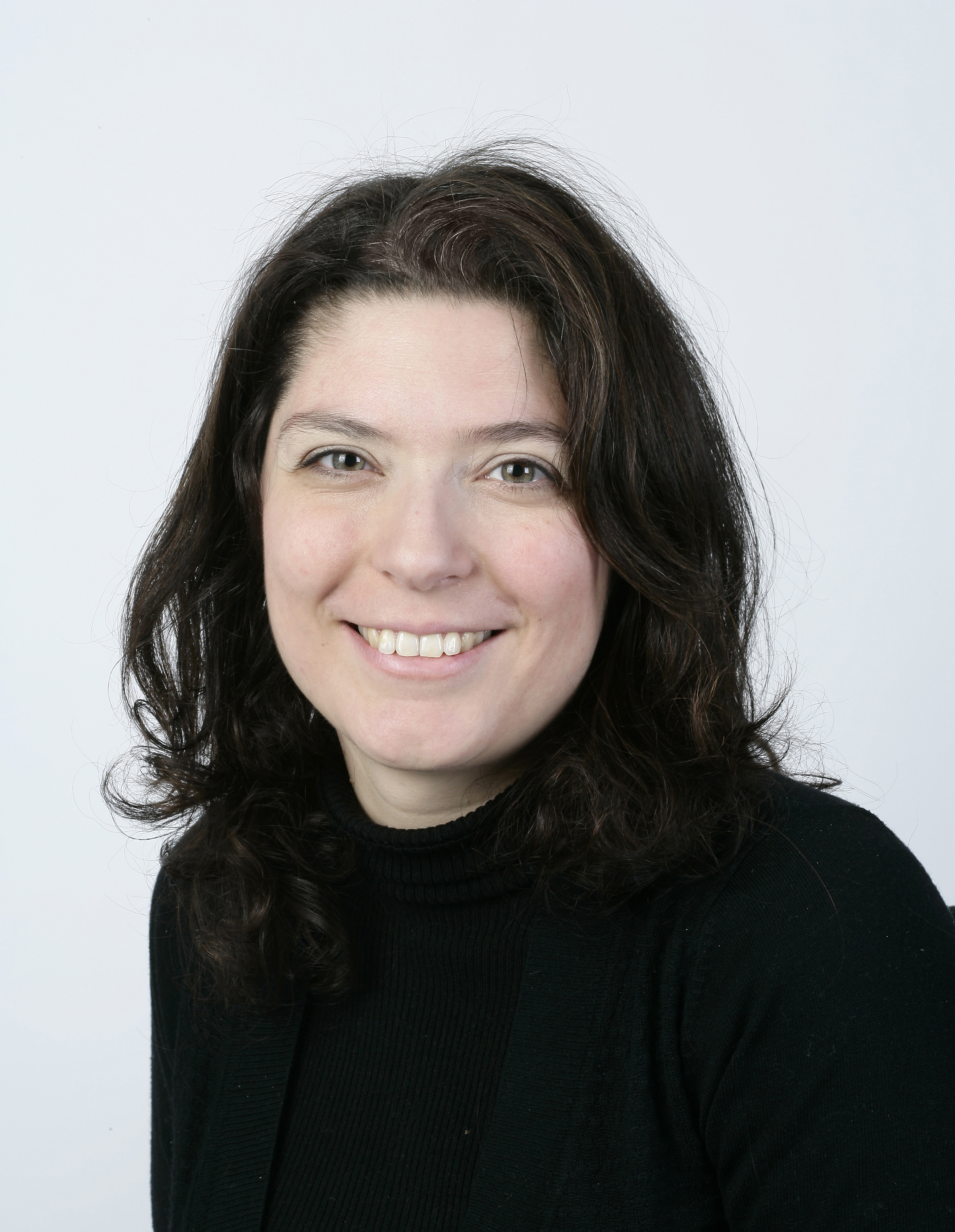Philip Treacy, Gucci and Georgiana, Duchess of Devonshire, take centre stage at Chatsworth's latest floral-inspired exhibition
'The Gorgeous Nothings: Flowers at Chatsworth’ traverses eras and art forms, raising questions about the environment.

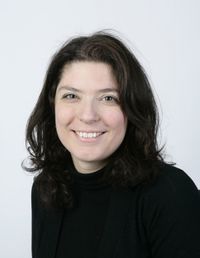
Chatsworth is in bloom and not only in the garden. A new exhibition opening on March 15 at the Derbyshire country house draws inspiration from flowers and plants to create what curator Dr Allegra Pesenti calls ‘a gathering of gatherings’. Her eclectic selection of pieces — whether Domenichino’s Madonna della Rosa or 18th-century floral lace collars — traverses eras and art forms to raise questions about the environment, but also convey a message of hope.
‘There is no more poignant time than now to be focusing on flowers and all that they represent amid the dramatic climatic changes the world is experiencing and the scourge of the environmental crisis,’ explains Pesenti. ‘In Nature, there is vulnerability, but also resilience and adaptability; death is followed by rebirth and regeneration; beauty is often accompanied by horror; and science comes hand in hand with magic and mystery.’



Titled The Gorgeous Nothings: Flowers at Chatsworth after the Emily Dickinson poem, the exhibition suggests how little scraps are always bigger than the sum of their parts. ‘My aim was to bring together the collections of similar types of objects in unique displays — all the still-life paintings habitually scattered around the house are viewed together in a single enfilade; a display of floral-themed porcelain tea cups of different dates and origins feature in the wood-panelled Oak Room; all the 17th-century Dutch flower vases acquired by the 1st Duke of Devonshire are presented together in the Great Chamber; and a selection of portraits of figures holding flowers as symbols are interspersed with sculptures in the Sculpture Gallery.’
Asking the curator whether she has any favourites in this floral extravaganza feels akin to forcing a mother to pick one child above all others, but Pesenti obliges and — surprise — most of them are contemporary pieces. She does, however, mention an 18th-century French herbarium, one of the many in the Chatsworth Library collection that was the primary inspiration for The Gorgeous Nothings. A recent addition, ‘it rises above all others in rarity, beauty and sophistication’.
Pesenti’s other choices, however, are far more recent: an orchid hat by milliner extraordinaire Philip Treacy (‘in his hands, the orchid becomes a fantastical, wearable, sexual object’); Dorothy Cross’s ‘magisterial’ bronze foxglove sculpture, which ‘expresses both the lure and the threat’ of the plant; Konstantin Kakanias’s Another Place (an internal woodland that becomes ‘a space to pause and rise from the complexities of life’) and The Marias, an immersive installation by Kapwani Kiwanga, which sees two paper models of the peacock flower plant perched on plinths against yellow walls that suggest a harsh sun. ‘The peacock flower, which can act as a natural abortifacient, was one of the methods used by enslaved women (subjected not only to forced labor, but also sexual violence) to maintain control of their own bodies,’ notes Pesenti. ‘It is at once seductive and threatening and it evokes the conflicts and contrasts that are ever-present in Nature as they are in our own history.’
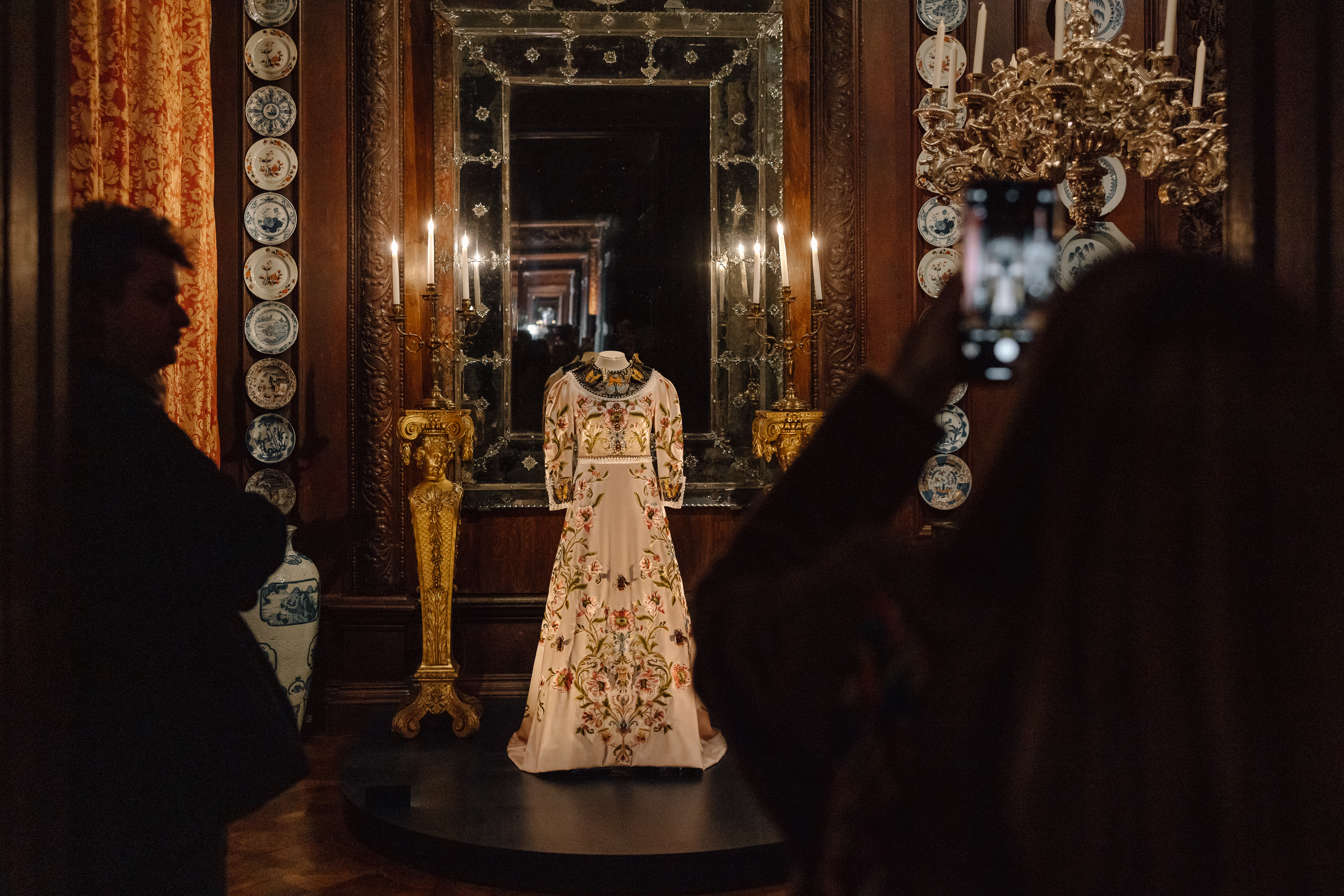
Pink evening gown designed for Amanda Cavendish, Duchess of Devonshire, by Alessandro Michele for Gucci
Contemporary artists who exhibit at Chatsworth need to converse and contend with those of the past and Pesenti sees her role as making these juxtapositions as subtle and seamless as possible. ‘The works need to connect rather than clash,and the key is to find that equilibrium between works of different periods, type and medium. Books, paintings, fossils, minerals, sculptures, textiles, installations, drawings, prints, ceramics, costumes, wallpaper, film, and performative works are all part of this exhibition’s discourse.’
The house itself is part of it, too. With a lineage of gardeners and botanists that spans six centuries, Chatsworth is ‘a living compendium of the natural world that continues to be nurtured today for the future’. The Gorgeous Nothings illustrates the tenacity and focus of great ‘gatherers’ of past and present — and makes particular reference to the work of often-overlooked early female botanists. ‘Historically barred from the profession of medical and natural sciences, women have specialised in the scientific illustration of flora and the natural world since at least the 17th century,’ points out Pesenti. ‘Some have been recognised, but many have fallen through the cracks of history.’ The library and archives at Chatsworth put the spotlight on many of them, from botanist Margaretta Riley and her specimen book of ferns to scientist and photographer Anna Atkins and her cyanotypes of algae. Even members of the ducal family have delighted in botany and natural history: Georgiana, the 5th Duchess, collected fossils and minerals and Emma Tennant, sister of the 11th Duke of Devonshire, has a talent for botanical drawings, which fill an entire room of ‘The Gorgeous Nothings’.
Exquisite houses, the beauty of Nature, and how to get the most from your life, straight to your inbox.
Perhaps the most intriguing of the neglected botanists, however, is Maria Sibylla Merian, born in Frankfurt in 1647 to a family of Swiss printmakers and publishers. ‘In 1699, at the age of 52, after selling most of her belongings, she and her daughter set sail for Suriname, on the north-eastern coast of South America,’ reveals Pesenti. ‘The studies she made of indigenous insects and plants were to form the nucleus of her most important publication, The Metamorphosis of the Insects of Suriname (1705), of which an illustrious hand-coloured copy is conserved in the library.’
Gorgeous, this exhibition is, indeed; but it’s very much something, rather than nothing.
‘The Gorgeous Nothings: Flowers at Chatsworth’ runs until October 5.
Carla must be the only Italian that finds the English weather more congenial than her native country’s sunshine. An antique herself, she became Country Life’s Arts & Antiques editor in 2023 having previously covered, as a freelance journalist, heritage, conservation, history and property stories, for which she won a couple of awards. Her musical taste has never evolved past Puccini and she spends most of her time immersed in any century before the 20th.
-
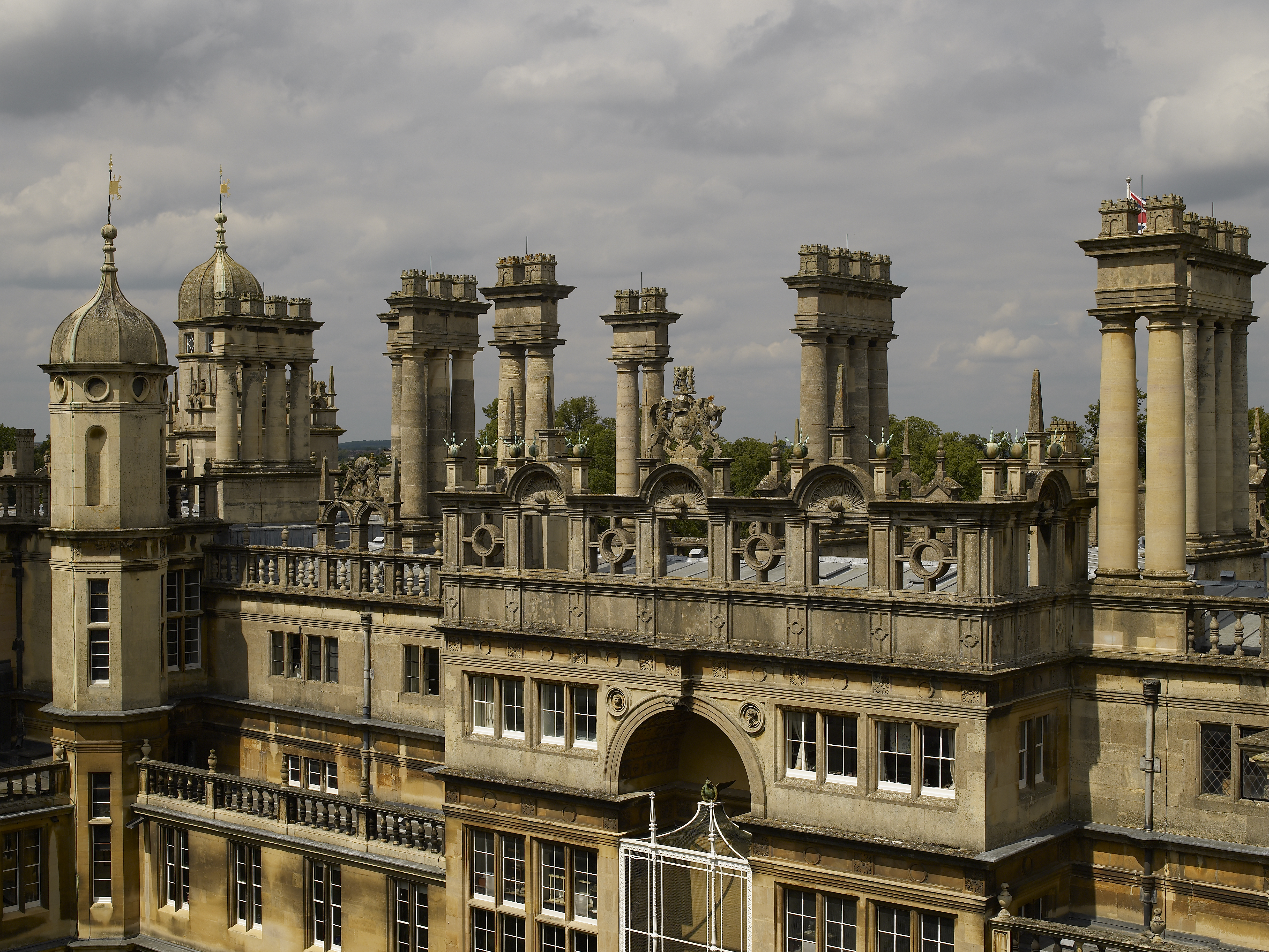 All fired up: 12 of our favourite chimneys, from grand architectural statements to modest brick stacks, as seen in Country Life
All fired up: 12 of our favourite chimneys, from grand architectural statements to modest brick stacks, as seen in Country LifeNothing says winter like a roaring fire, and plenty of the houses that we've photographed for the magazine's architectural places have fireplaces and chimneys worth boasting about.
-
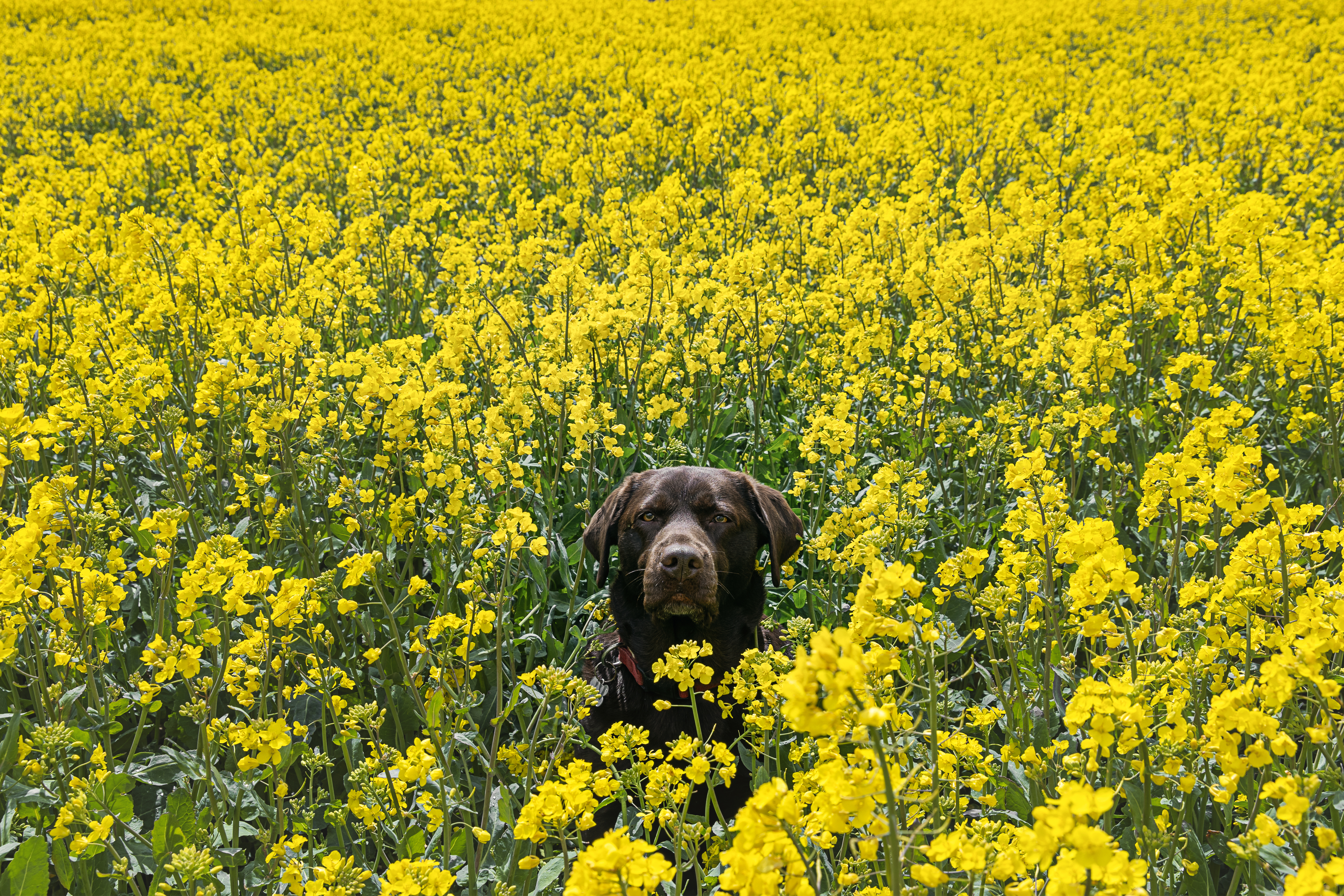 What is everyone talking about this week: More than half the country owns a pet and nearly half our marriages end in divorce — no wonder pet-nups are on the rise
What is everyone talking about this week: More than half the country owns a pet and nearly half our marriages end in divorce — no wonder pet-nups are on the risePet-nups, a formal agreement between couples over what should happen to their pets in the event of a split, are on the rise.
-
 Audi has been designing icons for 60 years. Here are some of the best
Audi has been designing icons for 60 years. Here are some of the bestFrom the first Quattro, to the TT and the R8, Audi has always been able to turn a head. Adam Hay-Nicholls, our man in Rioja, explains why.
-
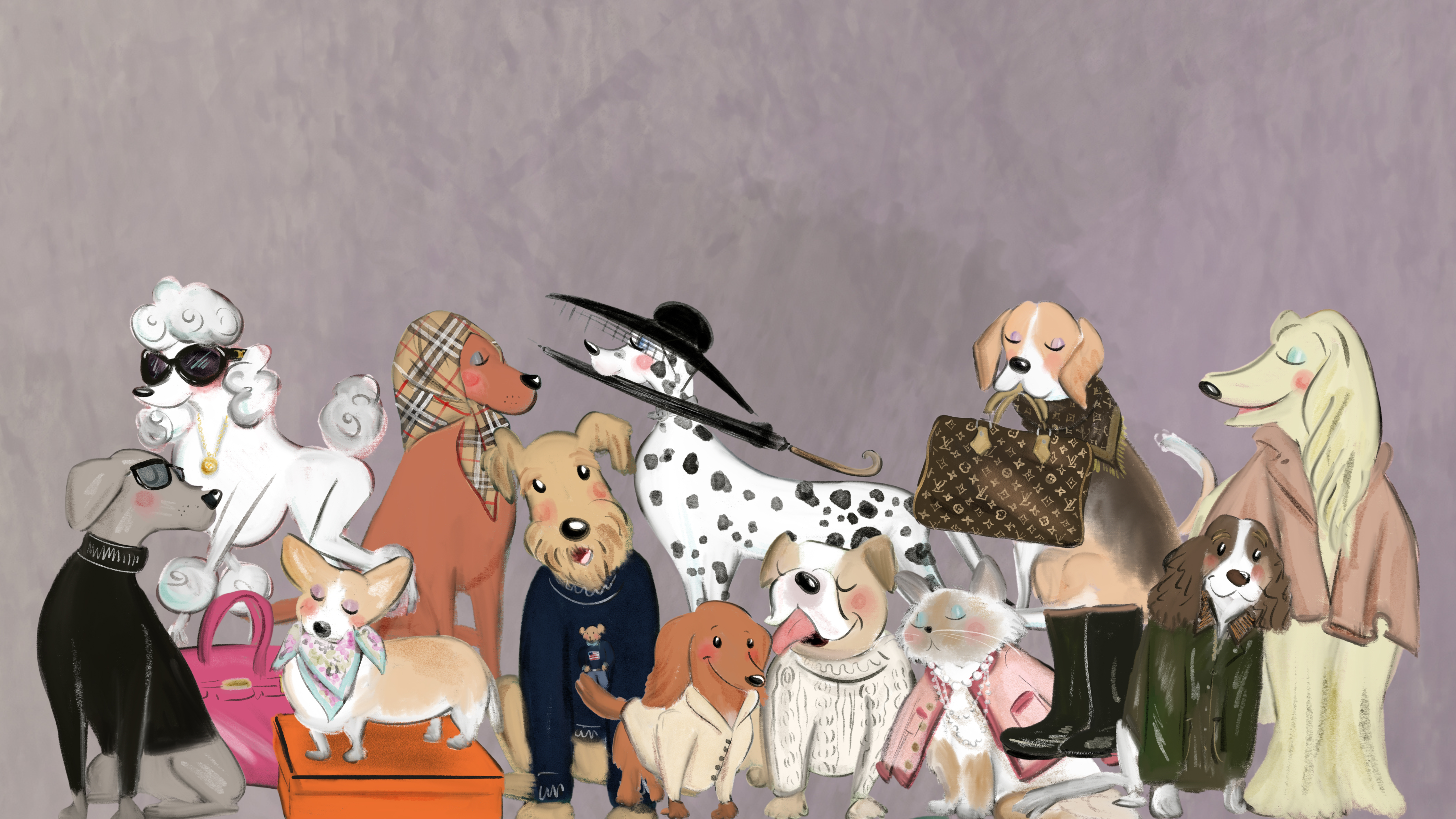 Haute dogs: How fashion’s finest would dress 11 dogs and one very spoilt cat if only they had the chance
Haute dogs: How fashion’s finest would dress 11 dogs and one very spoilt cat if only they had the chanceWe’ve matched some much-loved breeds to the designers that share their history, temperament and vibe — because why not. Illustrations by Tug Rice.
-
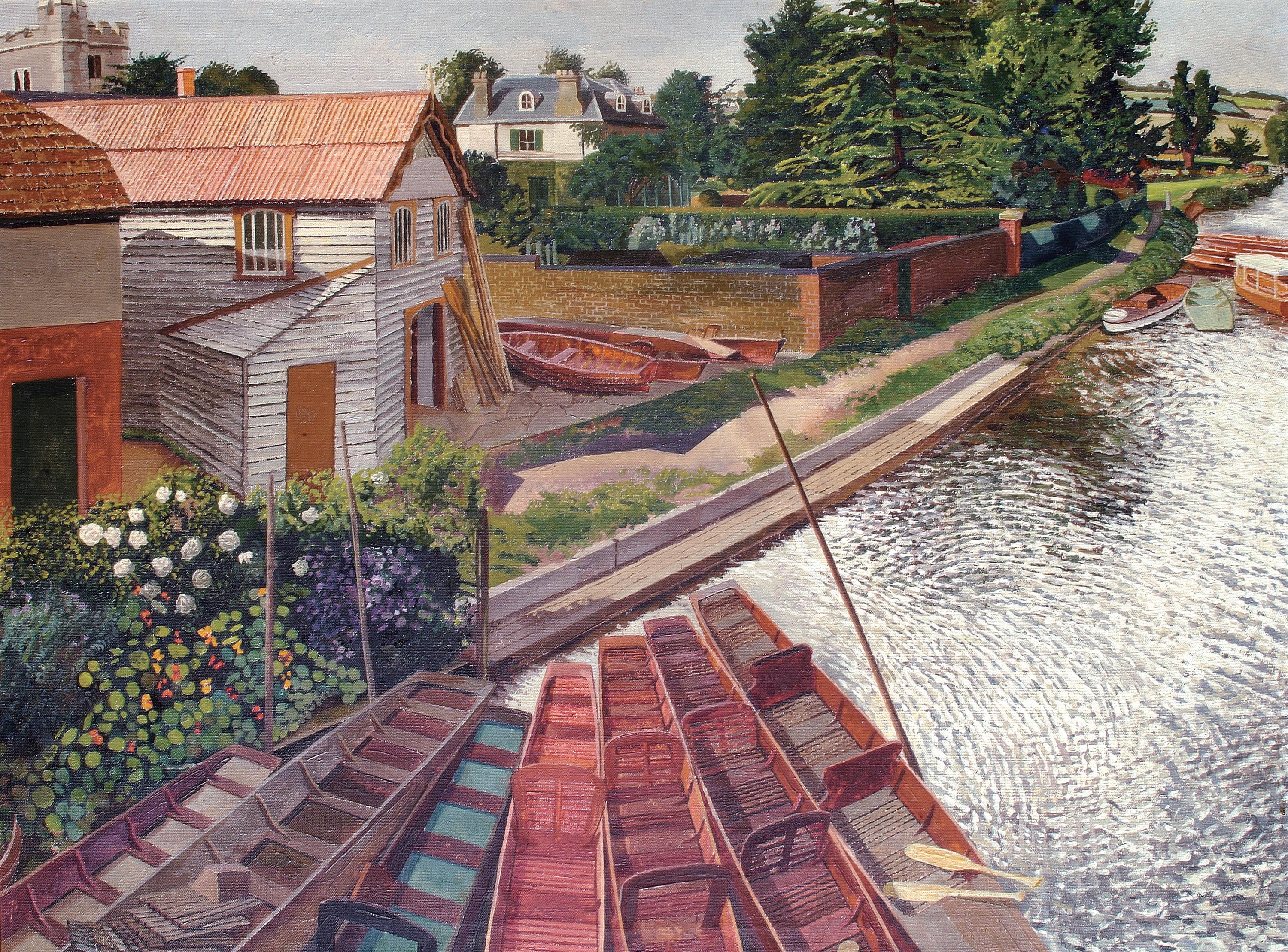 'Love, desire, faith, passion, intimacy, God, spiritual consciousness, curiosity and adventure': The world of Stanley Spencer, a very English visionary
'Love, desire, faith, passion, intimacy, God, spiritual consciousness, curiosity and adventure': The world of Stanley Spencer, a very English visionaryStanley Spencer’s talent for seeing the spiritual in the everyday, his stirring sense for the wonder of Nature and his love for the landscapes of Berkshire and Suffolk shaped his art, as Matthew Dennison reveals.
-
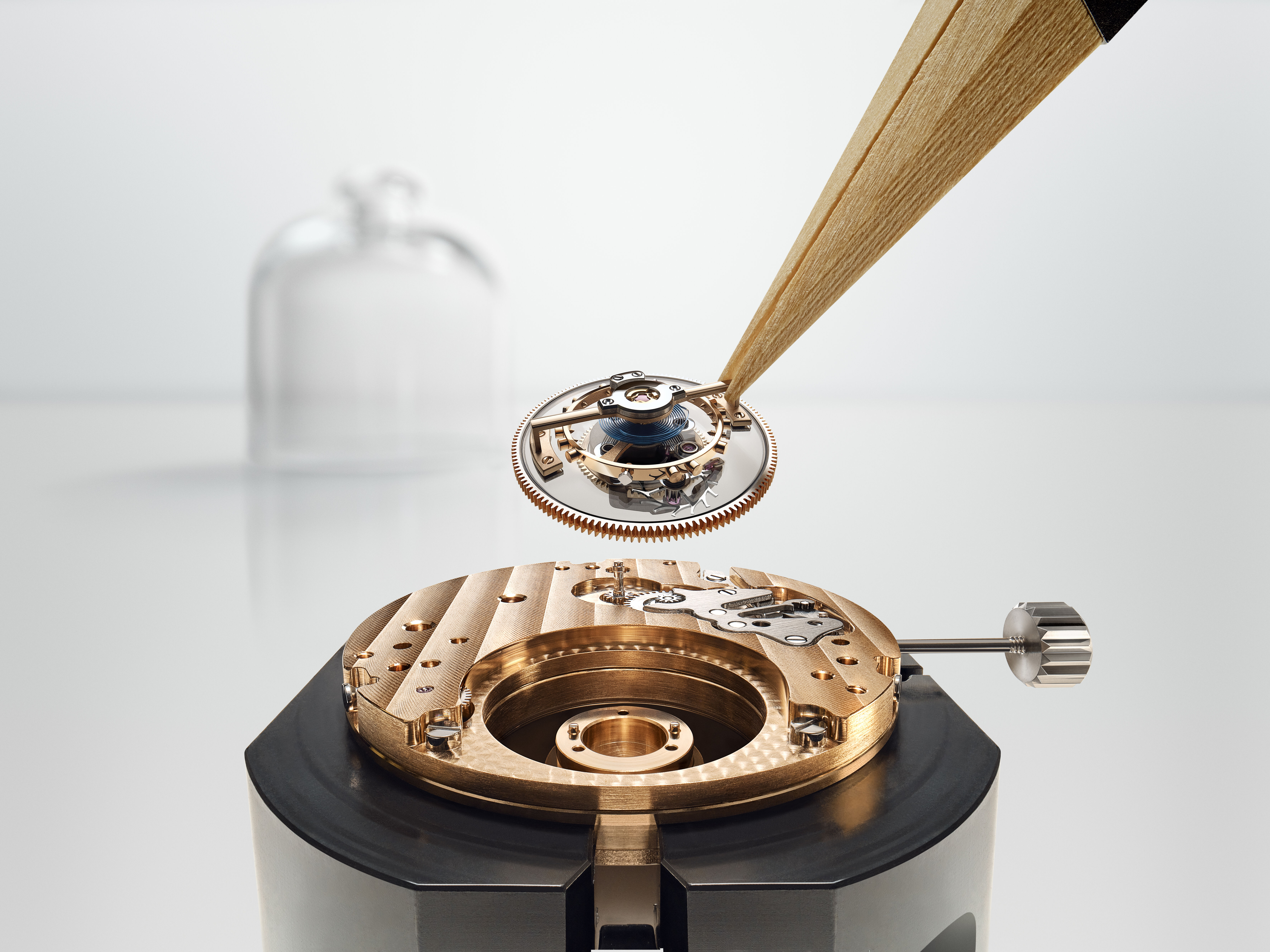 The tourbillon watch is a masterpiece of order born out of tumult and disarray
The tourbillon watch is a masterpiece of order born out of tumult and disarrayWhat is it that makes the tourbillon — one the most beguiling instruments in watchmaking — tick?
-
 What a report on the spending of female billionaires tells us about the future of museum collections
What a report on the spending of female billionaires tells us about the future of museum collectionsBetween 2015 and 2024, the number of female billionaires grew from 190 to 344. Could this be good news for the art world?
-
 Items from the collection of Lady Glenconner are going under the hammer, including a nine-carat gold Cartier box gifted to her by Elizabeth II
Items from the collection of Lady Glenconner are going under the hammer, including a nine-carat gold Cartier box gifted to her by Elizabeth II‘I have had such great pleasure living with these wonderful objects, each telling their own fascinating story.’
-
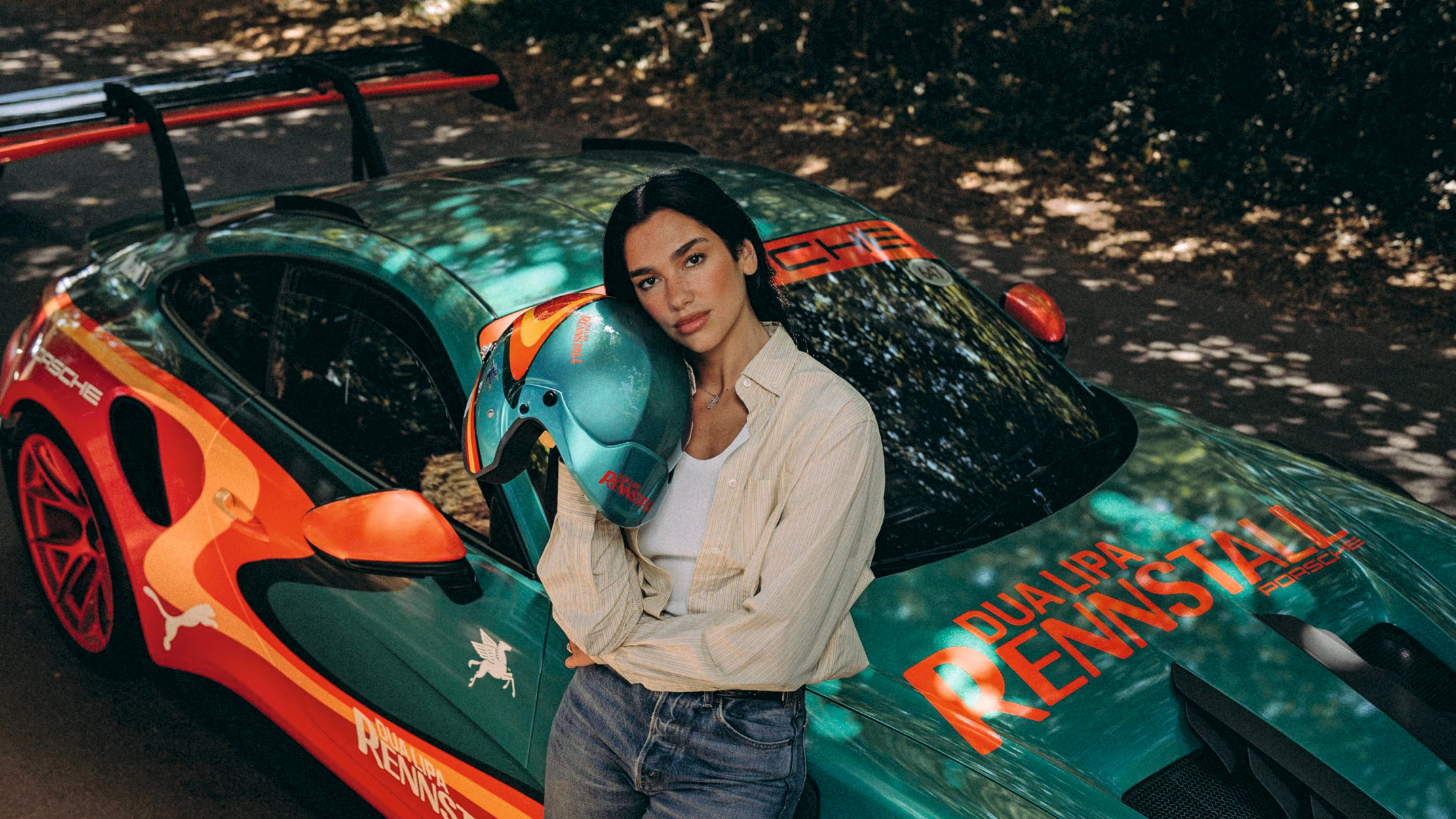 What do women want (on wheels)?
What do women want (on wheels)?James Fisher gets to drive fast cars for a living, but are sleek lines and high horsepower quite the 'babe magnets' so many men think they are? On a quest to find the truth, he dared do the unthinkable.... which was to just ask them.
-
 Cheaper to steal than to buy: Napoleon's brooch sells for £4.4 million – 17 times its estimate
Cheaper to steal than to buy: Napoleon's brooch sells for £4.4 million – 17 times its estimateNapoleon's one-of-a-kind brooch went under the hammer and vastly outstripped its pre-sale estimate.
